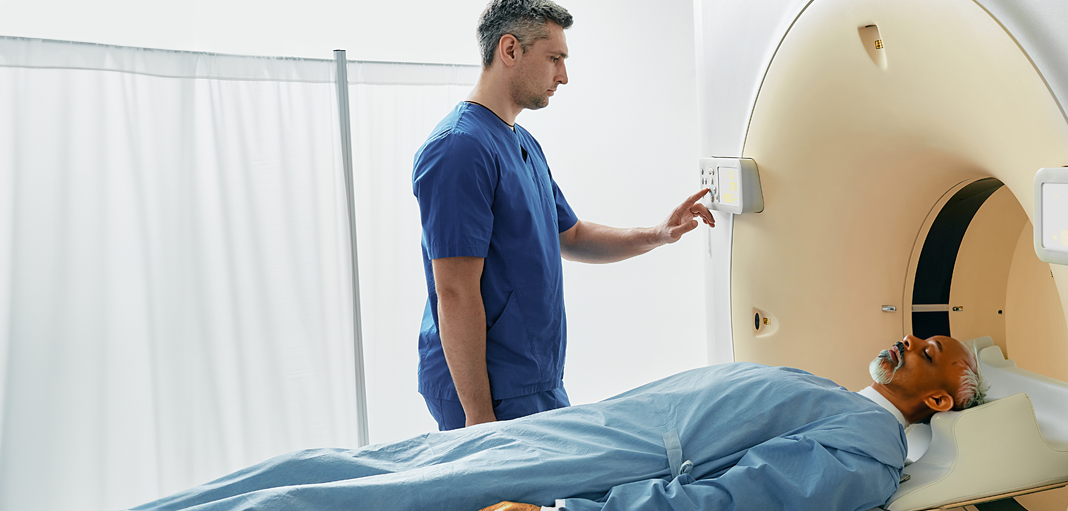Enroll with us in a few easy steps
With amyloidosis, the shape of some proteins in the body changes. The change in shape can make the proteins clump together. The clumps are called amyloids. It’s hard for the body to get rid of amyloids, so they can build up in various places in your body. Over time, they may cause serious damage to your organs. The damaged organ may not work well or sometimes fail to work.
There are different types of amyloidosis. Each type can look different in each person.
The symptoms of amyloidosis aren’t always obvious. And they may be similar to other conditions This can make amyloidosis hard to diagnose at times. Symptoms vary from person to person. A lot depends on the type of protein that makes the amyloids and where in the body the amyloids build up.
Some symptoms of amyloidosis may include:
- Changes in the color or thickness of your skin
- Easy bruising
- Feeling very weak and tired (fatigue)
- Pain in your joints
- Anemia (low red blood cell count)
- Trouble breathing, even with just a little bit of activity
- Swelling of the tongue
- Losing weight without trying
- Trouble with your balance
- Numbness and tingling in your feet and hands
- Diarrhea or constipation
It’s important to talk to your doctor if any of your symptoms get worse or you have new symptoms.
To diagnosis amyloidosis, your doctor will do a physical exam. You’ll review your medical history and your family’s medical history. Your doctor will often collect samples of blood and urine for testing.
Your doctor may order a biopsy. For this test, a needle is inserted, usually into belly fat or into bone marrow. A tissue sample is taken out and looked at under a microscope to see if there are any amyloids. Sometimes other areas like the mouth, rectum or other organs are used for the biopsy.
Your doctor may order image tests like a computerized tomography (CT) scan to see how much organ damage has been done.
Your doctor may suggest genetic testing if there is a family history of amyloidosis.
Treatments are available to help with some of the symptoms.
Living with amyloidosis can be hard. Our goal is to help you understand your condition, ease your symptoms and help you feel your best.
Here are some resources to help you manage your day to day.
- Amyloidosis Foundation. https://amyloidosis.org
- Amyloidosis support groups: https://www.amyloidosissupport.org
- Amyloidosis Research Consortium: https://arci.org
- Genetic and Rare Diseases Information Center: https://rarediseases.info.nih.gov
- My Amyloidosis Team. https://www.myamyloidosisteam.com
- The Bridge: https://www.hattrbridge.com
The more you know about your amyloidosis, the easier it is to play an active role in your care. This is an important part of successfully treating and managing your condition. Your CVS Specialty CareTeam is available to answer your questions and help with side effects. They can also provide you with the information you need to effectively manage your condition. If you have questions or want to learn more, talk to your doctor or contact your CareTeam at 1-800-237-2767, M-F 8:00 am – 8:00 pm ET.
This information is not a substitute for medical advice or treatment. Talk to your doctor or health care provider about your medical condition and prior to starting any new treatment. CVS Specialty assumes no liability whatsoever for the information provided or for any diagnosis or treatment made as a result.

